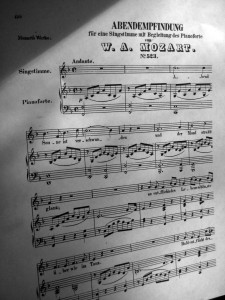Being parents of three children, I can tell you that my wife and I have had many of the same concerns and worries that millions of parents have had regarding their children’s intelligence and academic abilities. Why isn’t my child talking yet? When will she start reading? How are my child’s writing and math skills compared to their playmates? Should we send our child to an expensive private pre-school program? Is there anything else we can do to help “speed things up” academically for our children and give them that competitive edge as they take that monumental and daunting leap into kindergarten? I also remember considering playing classical music to our children when they were young because we had heard that it improves intelligence, something referred to as the Mozart effect. We didn’t opt for the expensive pre-schools and we didn’t make our kids listen to Mozart, and academically speaking they are doing just fine. The hype surrounding the Mozart effect, which now has a whole industry surrounding it with dozens of products and tens of millions of dollars in sales, started after a study on college students done in the early 1990’s showed that they performed better on a spatial reasoning task, a test where they had to fold and cut paper, after they listened to Mozart for ten minutes. Interestingly, this initial study did not include children or tests of intelligence. Many studies have since disproved the Mozart effect. Pietschnig and colleagues (2010) published a meta-analysis of dozens of studies that have been done to date and concluded that “In summary, this study shows that there is little support for a Mozart effect considering the cumulative empirical evidence.” In other words, exposing your children to Mozart or other classical music when they are in the womb, two months old, or two years old, will likely not increase their intelligence.
Reference:
Pietschnig, J., Voracek, M., and Formann, A. Mozart effect – Shmozart effect: A meta-analysis. Intelligence (2010), Vol 38, pp. 314-323.

